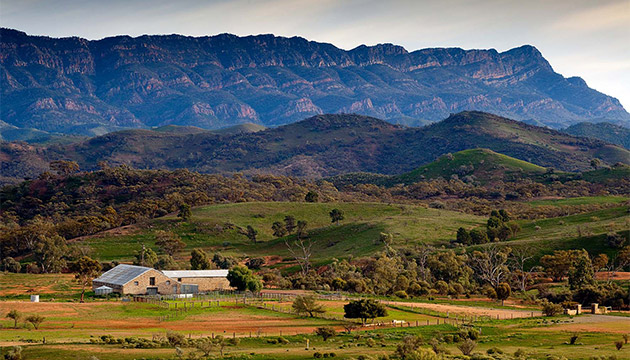Story By Emma Mulholland
From the sliver of dawn light that filters into an old pine woolshed to the black-and-white pin-ups left behind by Italian prisoner-of-war labourers; the 400 images collected in Andrew Chapman’s latest coffee-table book Woolsheds provide evidence that he is – despite his protests – “an artistic photographer”. Having spent the past 35 years photographing woolsheds and the shearers and rousies that bring them to life, Andrew says he’s always wanted to do more than create pretty pictures. “I want to leave a visual record that people can rely on,” he says. “Maybe some of the shots could have looked better, but I don’t put things in before I photograph and I don’t take things out with Photoshop. To make a shot visually appealing, I just have to be sure to get it right in the first place.”
Small details fascinate him, like the scatters of green glass found outside an old shed, relics of the bottles of vegetable oil that shearers used to sharpen their tools in the days of blades.
Andrew believes his book is the first comprehensive study of Australian woolsheds since Harry Sowden’s Australian Woolsheds was published in 1972. “I want to record these things before they disappear into the landscape,” he says. “Australia has been through some pretty lean times since that book, with the collapse of the wool industry and the drought, and farmers just haven’t had the money to keep the sheds as well as they’d like to.” Many of the sheds featured have been abandoned, with their owners turning to cattle or cropping.
This story excerpt is from Issue #80
Outback Magazine: Dec/Jan 2012










